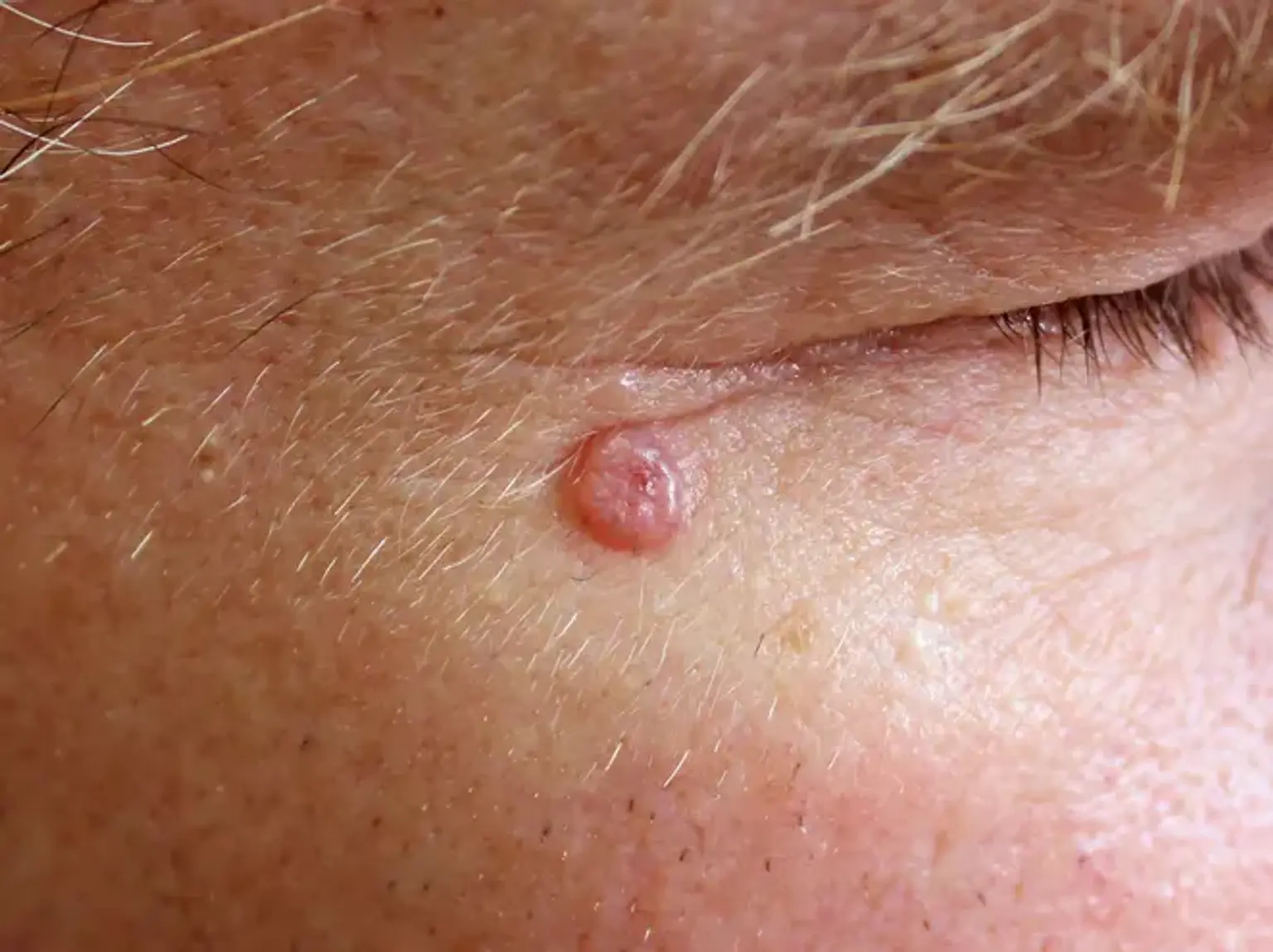Basalioma
What is Basalioma?
Basalioma is the most common skin tumor; it is also known as basal cell carcinoma (BCC) and accounts for 80% of all skin malignancies. It is more common on photo-exposed (i.e., light-exposed) skin and in adults, however there are younger variations. This tumor often manifests as an infiltrating, non-metastatic growth.
Basal cells are one of three major types of cells in the skin's top layer; basal cells shed when new ones develop. BCC most commonly forms when DNA damage caused by UV radiation from the sun or indoor tanning causes alterations in basal cells in the skin's outermost layer (epidermis), leading in uncontrolled development.
